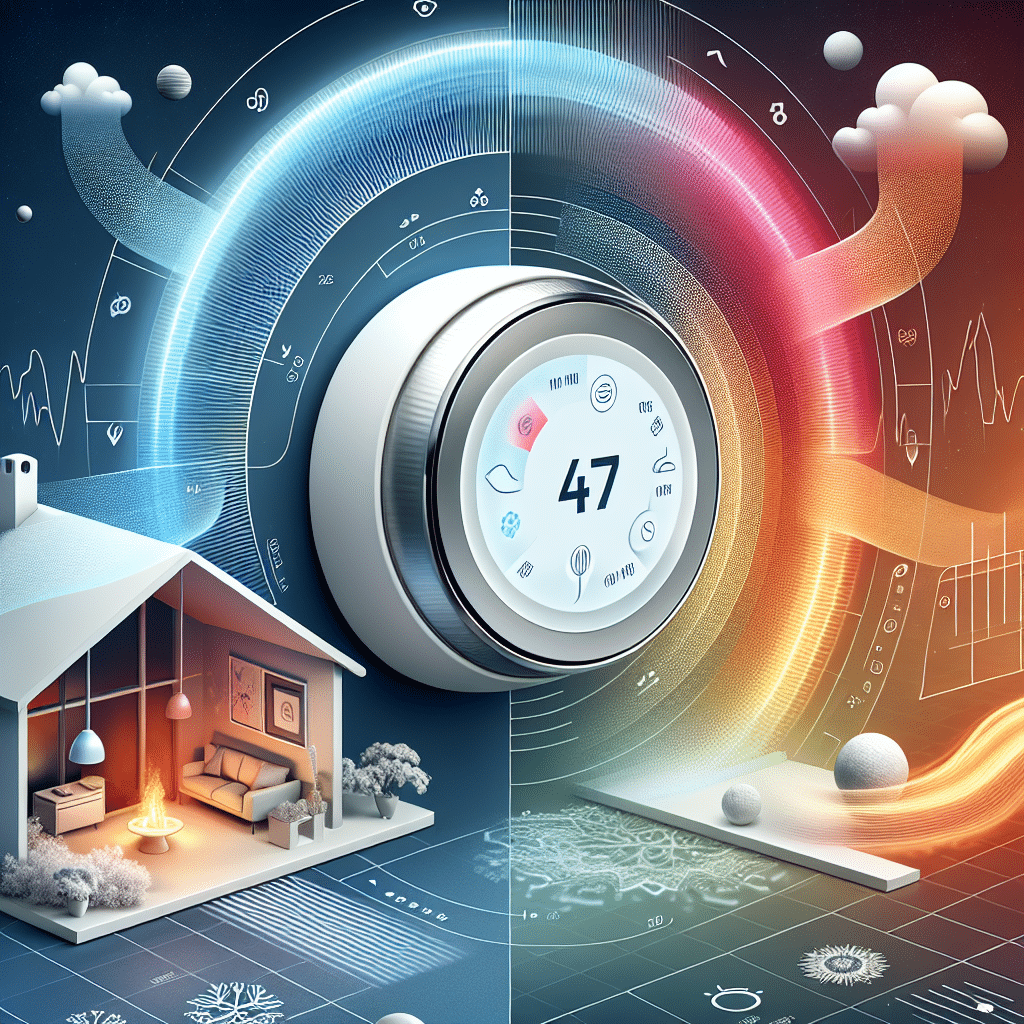Understanding Energy-Efficient Heating and Cooling Solutions
Importance of Energy Efficiency
Energy efficiency in heating and cooling is crucial for reducing energy consumption, lowering utility bills, and minimizing environmental impact. Energy-efficient systems not only lead to lower operational costs but also contribute to better indoor air quality and enhanced comfort levels in homes and offices.
Types of Energy-Efficient Heating Solutions
-
Heat Pumps
Heat pumps are one of the most versatile and efficient heating solutions available. They transfer heat rather than generating it by burning fuel. Air-source heat pumps can extract heat from the outside air even in colder temperatures, while ground-source (geothermal) heat pumps utilize the Earth’s stable temperatures. According to the U.S. Department of Energy, heat pumps can reduce energy use by up to 50% compared to traditional heating systems. -
High-Efficiency Furnaces
Modern furnaces, such as condensing gas furnaces, achieve efficiency ratings above 90%. They utilize a secondary heat exchanger to capture and utilize exhaust gases, which would otherwise be wasted. Homeowners looking to upgrade can find ENERGY STAR-certified models that ensure significant energy savings. -
Radiant Floor Heating
This system involves heating a space from the ground up, typically using electric or hydronic systems. Radiant floor heating is considered more efficient than forced-air systems because it heats objects in the room directly, minimizing energy loss. Plus, it often allows for lower thermostat settings while maintaining comfort. -
Infrared Heaters
Infrared heaters work by emitting infrared radiation that directly heats objects and people within a room rather than the air. This focused heat can result in lower energy use since rooms do not need to reach high air temperatures to feel comfortable.
Types of Energy-Efficient Cooling Solutions
-
Central Air Conditioning with SEER Ratings
The Seasonal Energy Efficiency Ratio (SEER) measures the efficiency of air conditioning units. A higher SEER rating indicates better efficiency. Modern systems can exceed SEER ratings of 20, allowing for considerable savings compared to older models. When selecting a new system, homeowners should opt for units with ENERGY STAR certification. -
Ductless Mini-Split Systems
Mini-split systems provide zoned cooling with minimal energy loss since they don’t require ductwork. They consist of an outdoor compressor and one or more indoor units, providing targeted cooling. This flexibility makes them ideal for homes without existing ductwork or for areas that need supplemental cooling. -
Evaporative Coolers
Also known as swamp coolers, evaporative coolers use the natural process of water evaporation to cool the air. They are particularly effective in dry climates and consume significantly less energy than traditional refrigerative air conditioning units. -
Smart Thermostats
Smart thermostats allow users to optimize their heating and cooling schedules based on occupancy and preferences. These devices learn user behavior and adjust the temperature accordingly, reducing energy waste. Some models can be controlled remotely, providing an additional layer of convenience.
Enhancing Efficiency with Additional Measures
-
Insulation Improvements
Proper insulation in walls, attics, and crawl spaces can significantly enhance energy efficiency by reducing heat loss in winter and heat gain in summer. Strategies to improve insulation include using fiberglass or foam board insulation and sealing air leaks with caulk and weatherstripping. -
Install Energy-Efficient Windows
Double or triple-glazed windows with low-emissivity (Low-E) coatings help to minimize heat loss during winter and reduce indoor heat during summer. Upgrading to energy-efficient windows can result in reduced reliance on heating and cooling systems. -
Programmable and Smart Zoning Systems
Implementing programmable and smart zoning systems ensures each room can be heated or cooled on demand. This approach maximizes efficiency by allowing only frequently used spaces to receive heating or cooling, reducing overall energy use. -
Regular Maintenance
Regular maintenance is essential for all HVAC systems. Cleaning filters, checking refrigerant levels, and scheduling annual inspections can maintain efficiency and prolong the system’s lifespan. Homeowners can expect improved performance, which directly translates to lower energy costs.
Renewable Energy Options
-
Solar Heating Systems
Solar thermal systems can provide a renewable energy source for heating water and indoor spaces. They can dramatically lower reliance on fossil fuels and decrease monthly energy bills. Utilizing solar panels alongside conventional HVAC systems allows homeowners to harness sustainable energy while achieving cost savings. -
Combining Technologies
The integration of renewable energy sources with traditional HVAC systems optimizes energy efficiency. For instance, pairing a heat pump with solar panels can provide nearly self-sufficient heating and cooling for a home, drastically lowering operating costs. -
Wind Energy Solutions
In areas with consistent wind currents, small-scale wind turbines can serve as a supplemental energy source. Coupled with an energy-efficient heating and cooling system, wind energy can significantly decrease demand from grid-supplied electricity.
Smart Home Integration
Adopting smart home technologies enhances energy efficiency in heating and cooling systems. Smart meters, automatic blinds, and integrated energy management systems allow users to track energy usage in real-time and adjust settings based on current rates or demand, leading to optimized energy consumption.
